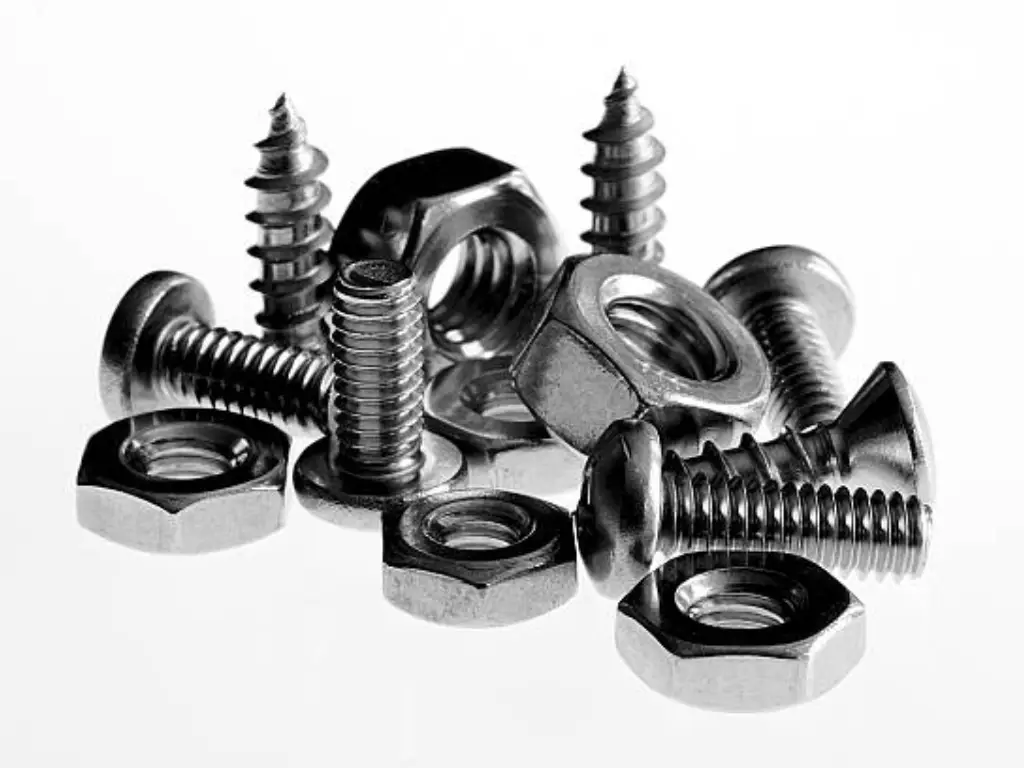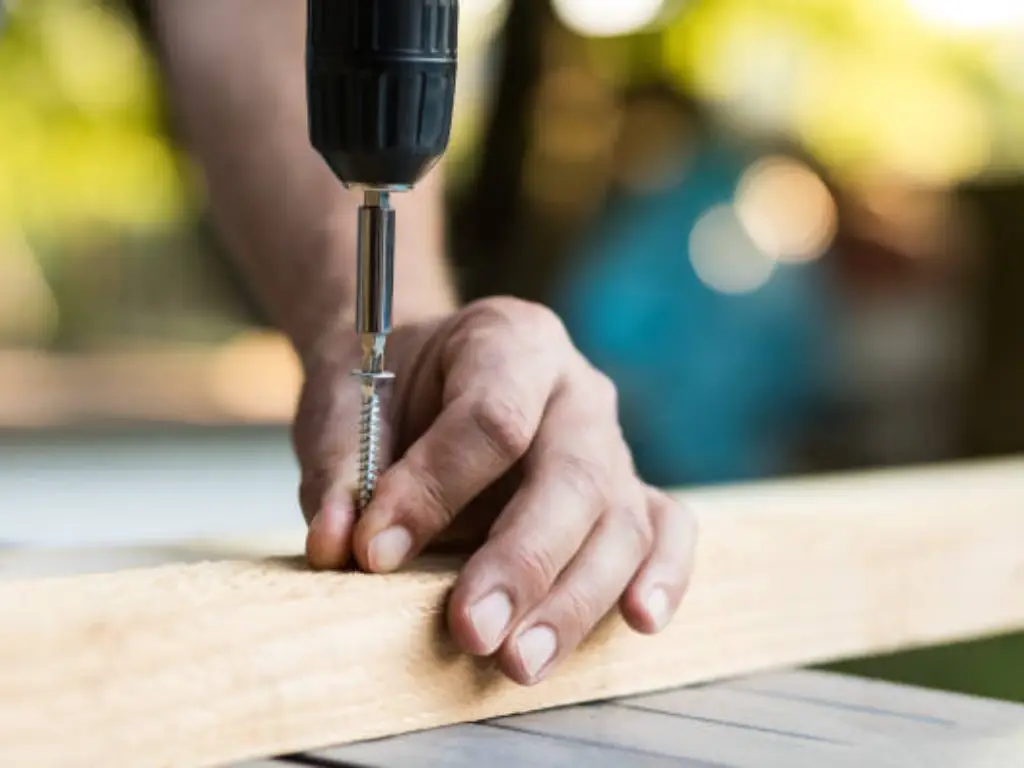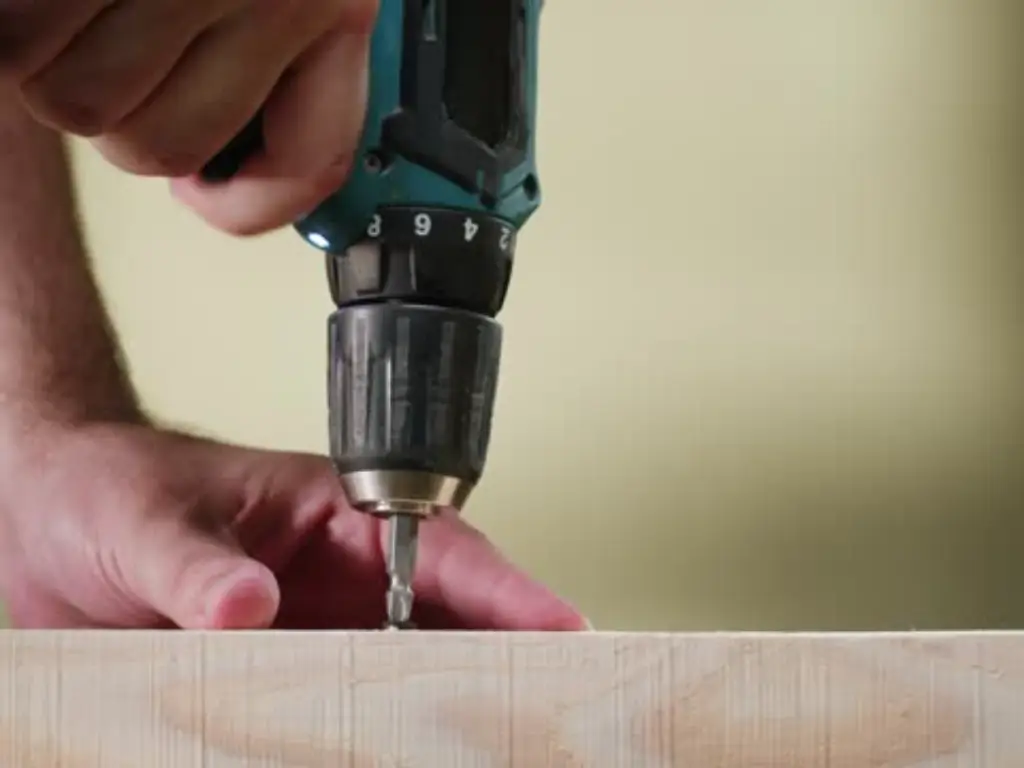When venturing into a DIY project or tackling a repair, choosing between sheet metal vs wood screws can leave you scratching your head. Not to worry, though! Take a toolbelt ride with me as we drill into their differences, alongside what they share in common. You’ll soon be picking the right fastener for the job like a pro.
| Feature | Wood Screws | Sheet Metal Screws |
| Use | Wood fastening | Metal fastening |
| Materials | Brass, stainless steel, zinc-coated | Hardened steel, stainless steel |
| Threads | Coarse, fewer per inch | Finer, higher pitch |
| Design | Finer near head, sharp tip | Sharp, self-tapping, deep threads |
| Durability | Corrosion-resistant coatings | Corrosion-resistant, durable |
| Installation | Pilot hole recommended | No pre-drilling needed |
| Cost | Generally less | Generally more |
| Application | Wood projects | Metal projects, less critical wood tasks |
| Screw Length | Through top, half in underlying | Fully through material |
| Advantages | Prevents splits, aesthetic options | Quick assembly, precision & durability |
What is A Sheet Metal Screw?
Sheet metal screws, designed primarily for fastening metal objects or sheet metal, possess unique properties that give them an edge in certain scenarios. These screws are champions when it comes to attaching metal to metal, especially thin metals like those used in HVAC ducts or metal studs. What sets a sheet metal screw apart? Its threads run deep and uninterrupted along its entire length and it usually boasts a sharp point. This design allows it to cut its own holes when driven into softer materials like plastic, metal, and sometimes wood, without needing a pilot hole.

Stainless steel is a popular choice for sheet metal screws due to its resistance to corrosion. This makes them ideal for projects that demand longevity and durability. Whether you’re working on a car, fixing a metal roof, or securing brackets, reaching for a sheet metal screw is your best bet. They are available in various standard lengths and head types, including flat, oval, and pan, each suitable for different applications.
What is A Wood Screw?
On the flipside, wood screws are the go-to fasteners for wood projects. These screws are tailored to grip wood materials securely, making them perfect for woodworking, from crafting a bookshelf to fixing a squeaky door hinge. Unlike their metal counterparts, wood screws have a coarser thread and fewer threads per inch, which allows them to bite into wood, plywood, and lumber more effectively. The threads are not uniform; they become finer the closer they get to the head, helping the screw draw the two pieces of wood closer together for a snug fit.

Further enhancing their wood-friendliness, these screws often have a sharp, pointed tip designed to pierce through wood easily. Some might require you to drill a pilot hole first, especially in hardwoods, to prevent splitting. Wood screws come in various lengths and heads (like flat, round, and bugle), each tailored to specific types of wood or applications. Their heads are usually bigger than those of sheet metal screws, offering a larger surface area to better distribute force and hold pieces together without pulling through the wood.
Commonalities of Wood and Metal Screws
Despite their differences, wood and metal screws share a few common traits. Both play crucial roles in construction and DIY projects by holding different materials together. They come in various head styles like Phillips and flat-head, catering to diverse preferences and requirements. Stainless steel, brass, and other corrosion-resistant materials are used in their manufacture to enhance durability and longevity, making them suitable for indoor and outdoor use.
Moreover, both types of screws require the right tools for installation; a drill or screwdriver fits the bill, ensuring you apply the correct amount of torque without stripping the head. The choice between wood vs metal screws largely depends on the specific demands of your project, but knowing that each type has its unique set of commonalities and differences will guide you in making the informed decision.
Key Difference Between Wood and Metal Screws
Thread Patterns
The thread pattern offers a clear distinction between wood screws vs metal screws. Wood screws are typically coarse-threaded to grip into wood and wooden materials better. These coarse threading help them to easily tap into the wood and provide a firm hold. On the other hand, sheet metal screws feature finer threads with a higher pitch, suitable for cutting through metal and hard plastics. This makes sheet metal screws ideal for working with metal materials, where creating a snug fit is essential.
Materials and Durability
Regarding materials, wood screws are often made from brass, stainless steel, or coated with materials like zinc to resist corrosion. Each material offers unique benefits, with stainless steel screws providing the highest level of durability against rust and corrosion, making them suitable for outdoor wood projects. Sheet metal screws, however, are commonly made from hardened steel or stainless steel to ensure they can puncture and secure metal surfaces without breaking.
Installation
Installation techniques between the two also vary. For wood screws, pre-drilling a pilot hole is generally recommended, especially in hardwoods, to avoid splitting the wood. This step ensures a cleaner insertion and a tighter fit. Sheet metal screws, especially self-tapping types, are designed to create their own holes in softer materials and thin metals. This capability allows for faster installations without the need for pre-drilled holes, saving time and effort in many metal projects.
Price
Price differences can also be a deciding factor. Generally, due to the higher manufacturing complexity and materials used, sheet metal screws can be more costly compared to wood screws. However, prices vary widely based on the screw’s size, material, and quantity. For any project, it’s essential to consider not just the cost but also the value and suitability of the screw type for the intended application.
When to Use Sheet Metal vs Wood Screws?
Choosing between sheet metal vs wood screws ultimately comes down to the material you’re working with. For projects involving metal sheets, thin metals, or attaching items to metal surfaces, sheet metal screws are your go-to. Their design allows them to bind metal to metal or soft materials quickly and securely. Can you use sheet metal screws in wood? While possible, especially in softer woods or where a firm hold isn’t crucial, they’re not the best choice compared to wood screws tailored for such tasks.

Conversely, wood screws are designed specifically for connecting wood materials. They ensure a secure and lasting hold in various types of wood, from softwood to hardwoods. Their coarser threads and different head types make them the best choice for woodworking projects. Whether you’re constructing a deck, assembling furniture, or hanging doors, wood screws will provide the performance and finish you need.
The Role of Screw Length in Effective Fastening
The length of a screw plays a pivotal role in ensuring effective fastening, be it with sheet metal screws or wood screws. The general rule of thumb is selecting a screw long enough to penetrate and secure the materials being joined without protruding unnecessarily. For wood screws, the ideal length is typically one that allows the screw to go through the top material completely and embed at least half its length into the underlying material. This ensures a firm hold.
On the metal side of things, the length should be enough to allow the sheet metal screw to drill through the material fully and achieve an optimal grip. This ensures the joined materials have minimal play or movement, which is crucial in constructions requiring precision and durability. Hence, choosing the right screw length is critical for the stability and longevity of your project, no matter the materials involved.
Self-Tapping Screws Explained: A Metal Screw Advantage
Self-tapping sheet metal screws are a game-changer in metalworking. These aren’t your average screws; they have a superpower: creating their own perfect-fitting holes. Thanks to their sharp, cutting tip, these marvels can pierce through metal or hard plastics without a pilot hole. Think about it: no more pre-drilling means you get your project done quicker and with less hassle.
This unique property is a significant advantage when working with sheet metal, allowing for quick and efficient assembly. Whether you’re fixing a metal roof or assembling a sheet metal enclosure, these screws ensure a tight and secure connection. Additionally, their versatility means they can also be utilized in softer materials, offering a reliable solution in a pinch. Just remember, while tempting, using self-tapping screws for wood projects is possible but not always the best fit – they’re truly in their element with metals.
Wood Screw Design Features for Optimal Performance
Wood screws have been artfully crafted to meet the specific demands of wood applications. Their design, from the pointed tip to the smooth shank, is all about performance. The finer threads near the head help pull two pieces of wood together tightly, while the coarser threads ensure a strong grip in the receiving material. This feature is particularly beneficial in preventing wood splits and ensuring a secure fit.
Moreover, the variety of head types available allows for a flush finish or a countersunk appearance, providing options for both aesthetic and functional applications. When working with wood, choosing the right wood screw design means the difference between a project that looks professional and lasts, and one that doesn’t quite hit the mark. So next time you’re selecting screws for a woodworking project, remember that those little design elements make a big impact.
Conclusion
Understanding the nuances between sheet metal vs wood screws can dramatically impact the success and durability of your projects. Whether you’re fastening sheet metal to metal studs or securing hinges to a hardwood door, selecting the right screw for the job is crucial. By now, you should feel more confident distinguishing between sheet metal and wood screws, appreciating their unique properties, and knowing when and how to use them effectively. Remember, the devil is in the details, and in the world of screws, the right choice can make all the difference.






